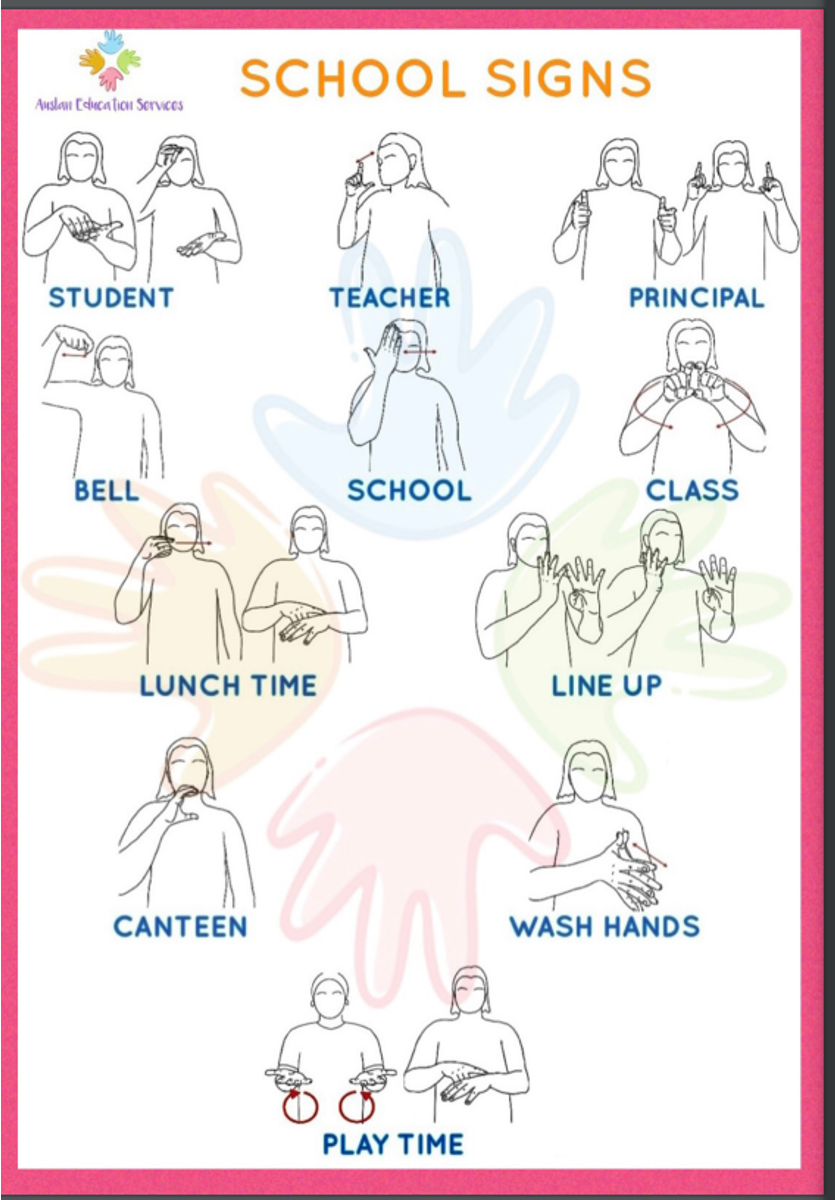Year 3
Ms Sapardanis, Ms Conforto, Ms Crothers, Ms Marshall, Ms Scott & Ms Murphy

Year 3
Ms Sapardanis, Ms Conforto, Ms Crothers, Ms Marshall, Ms Scott & Ms Murphy
Over the past couple of weeks students have been exposed to two different text types; Narrative and Persuasive.
Students learnt the correct structure for each of these types of writing and have been learning about what needs to be included. When writing our narratives students used the prompt ‘The Box’. They planned out each component of their narrative and were encouraged to use a range of adjectives to help them describe their characters and setting.
Our persuasive writing was based on the argument ‘Dogs are the Best Pets’. We made a plan with their three arguments, their evidence and then students organised their piece into paragraphs. Students have been exposed to the types of language that should be used to make our writing stronger and more appealing to readers. We have also focused on editing our work when we have finished writing and learnt what we need to look out for when editing, so that our published piece is perfect.
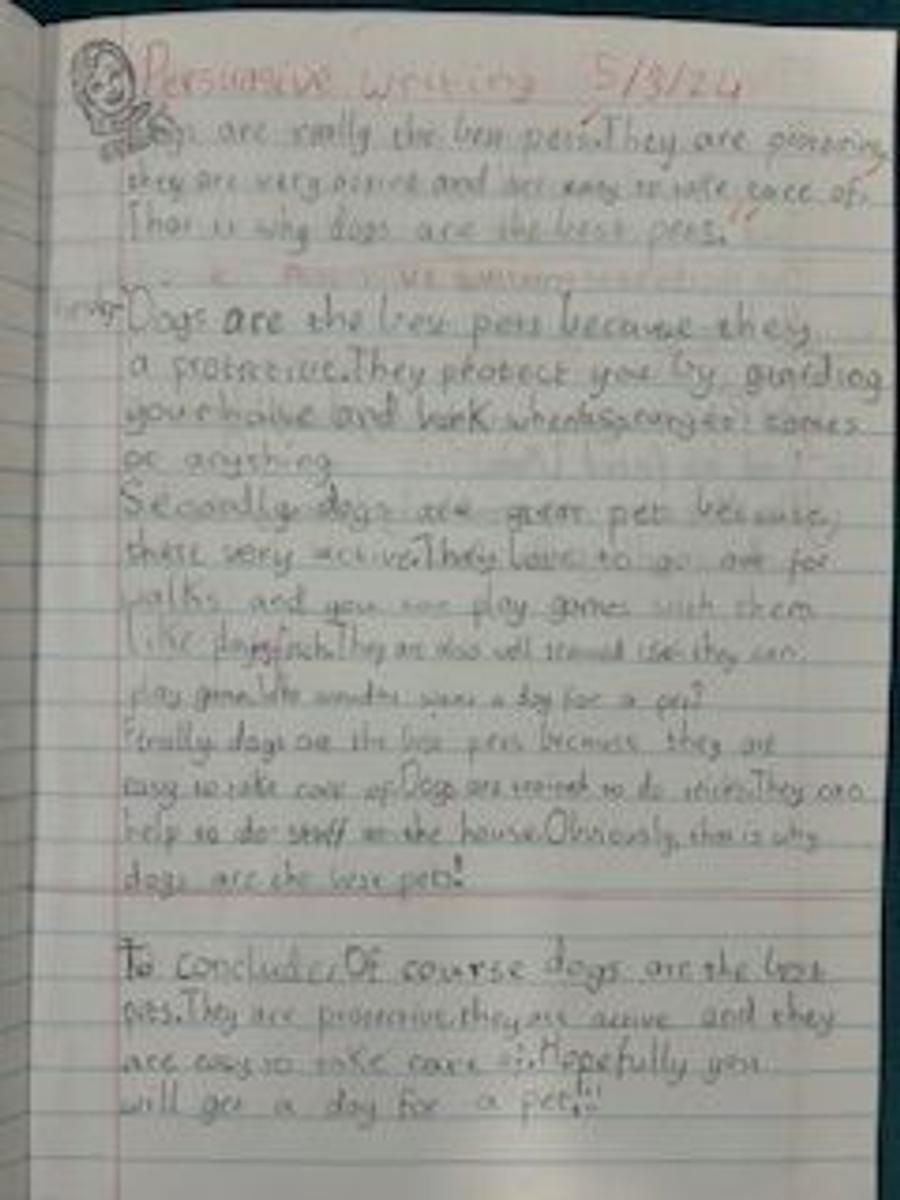

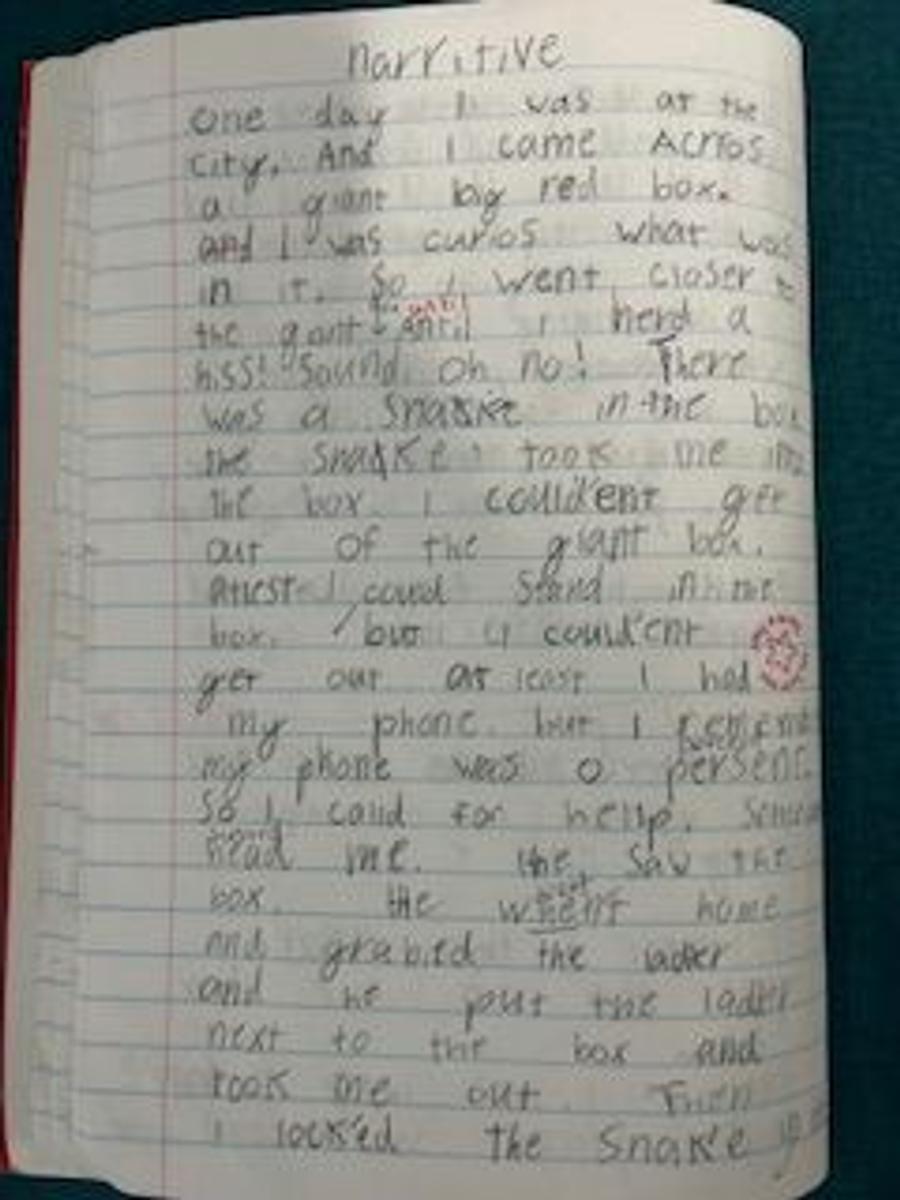

In number and algebra, we have been furthering our understanding of place value by finding 10, 100, 1000 and 10,000 more and less, than a given number. To do this, we found the matching place value, then either added 1 to find more, or subtracted 1 to find less. We also learnt how to round numbers to the nearest 10, 100 and 1000 by finding the place value and looking at the number next door. If the next door number was 4 or less, we let the number rest (stay the same) and if it was 5 or bigger, we added one more. We began learning about addition and subtraction through the use of number bonds. A number bond is where two numbers are added together to make another number. We then used this understanding of number bonds to find the missing part in addition and subtraction equations.
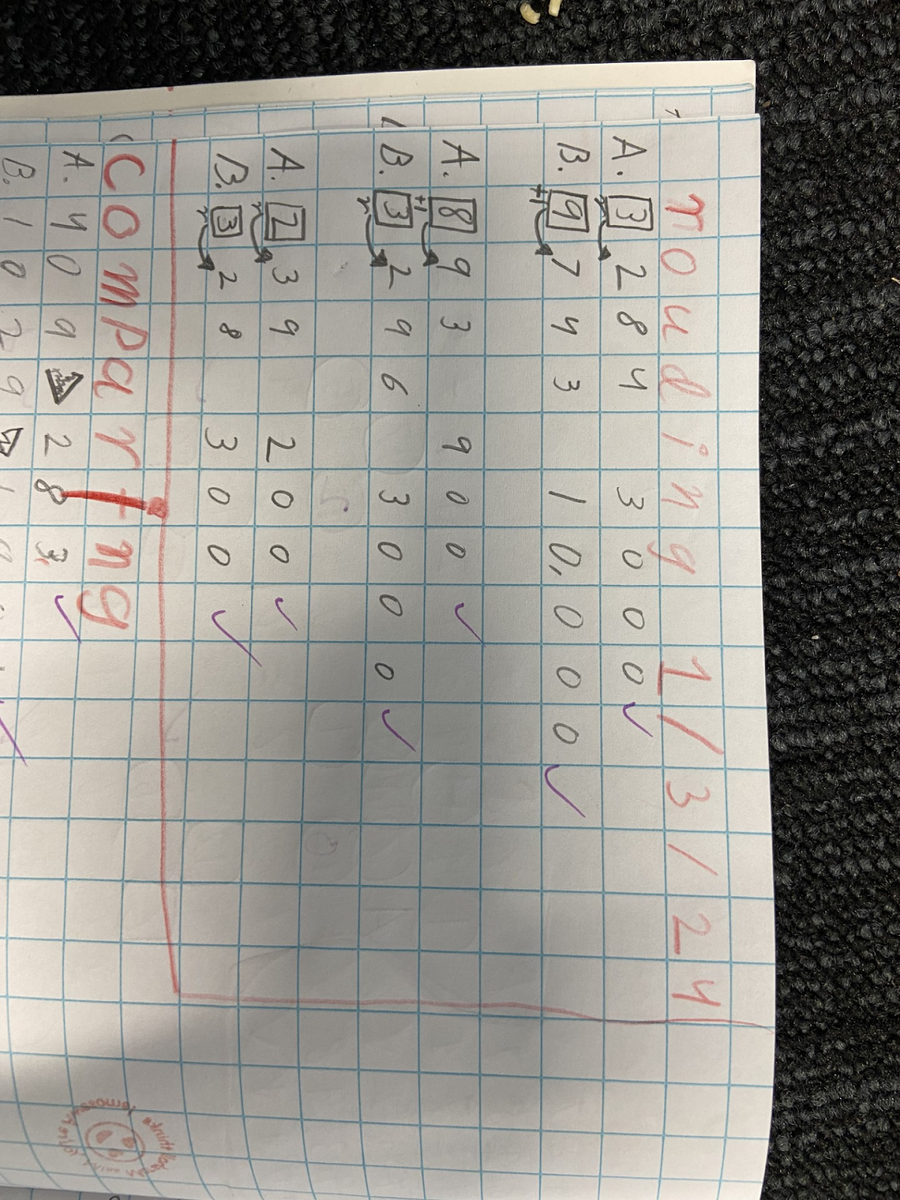

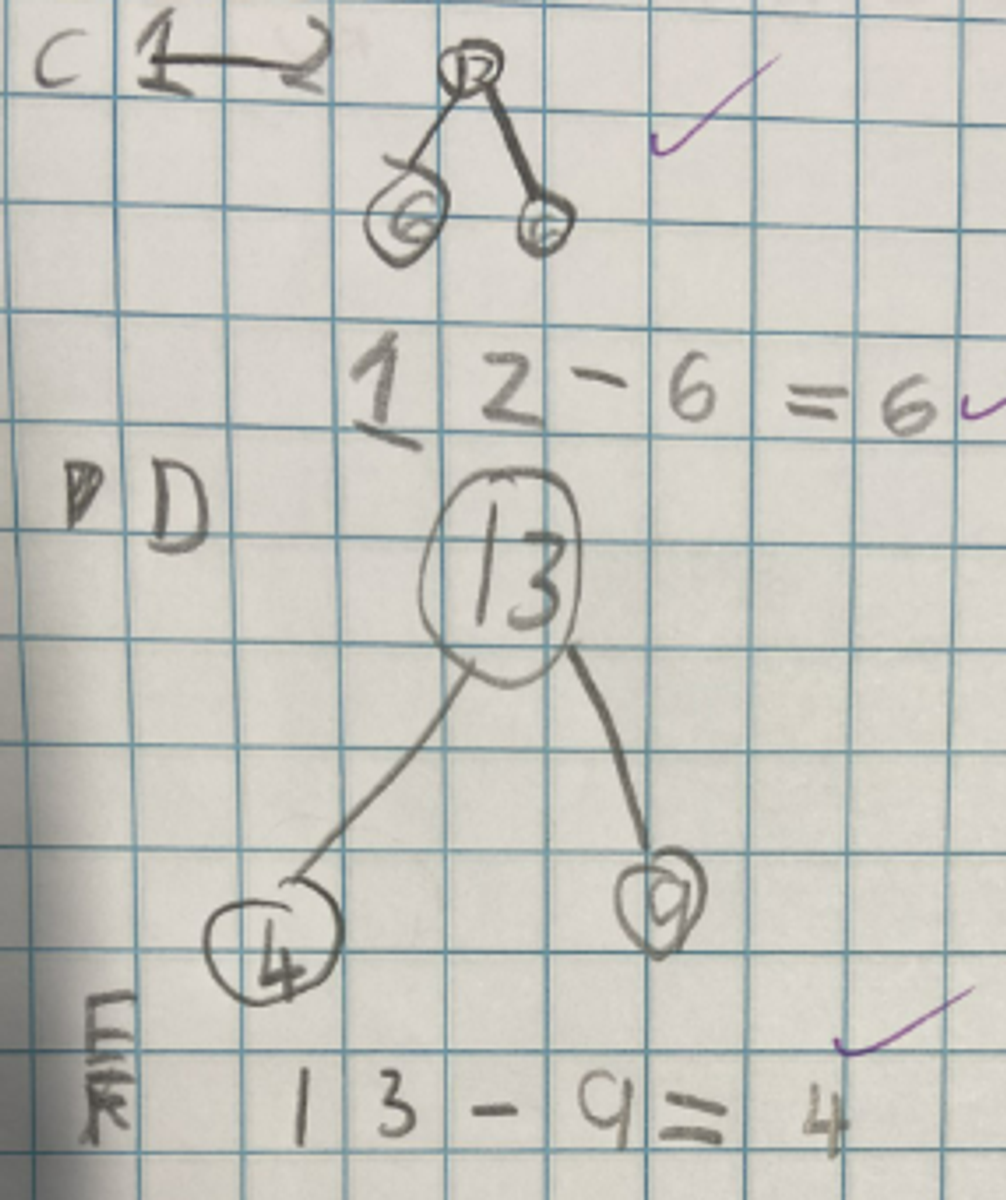

In Numeracy, we have also been further developing our knowledge of Time and Location. For Time, we have been learning to identify quarter past, quarter to and 5 minute interval times, using relevant language. We have shown our understanding of how to show these times on analogue clocks, by using a digital time and placing the minute and hour hands correctly. We have also deepened our understanding of location by identifying features of maps and using appropriate vocabulary when using directions, such as left, right, north, south, east and west. We have made our own maps of our classroom and used coordinates, grids and a legend/key.


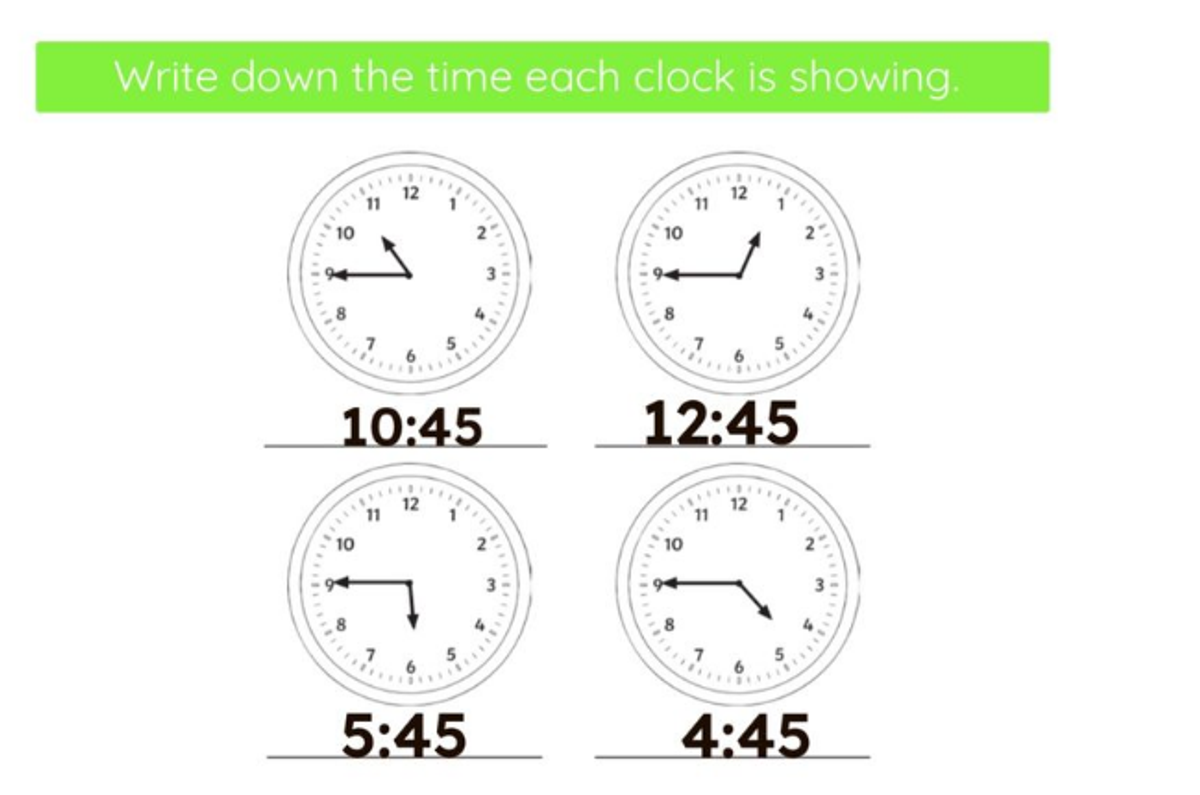

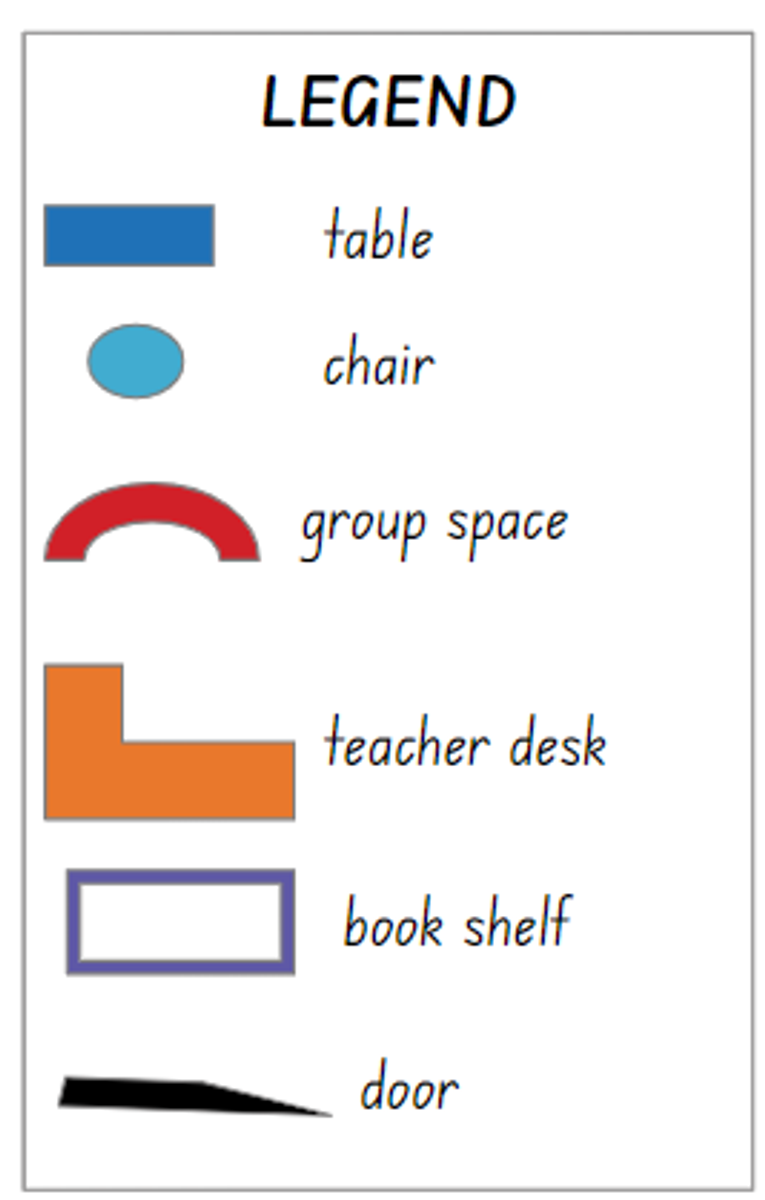

In Knowledge we have finished our Classifying Animals unit where students learnt about the difference between vertebrates and invertebrates. Students demonstrated an ability to identify the characteristics of different types of vertebrates and use the features to classify them as a reptile, amphibian, mammal, fish, and bird.
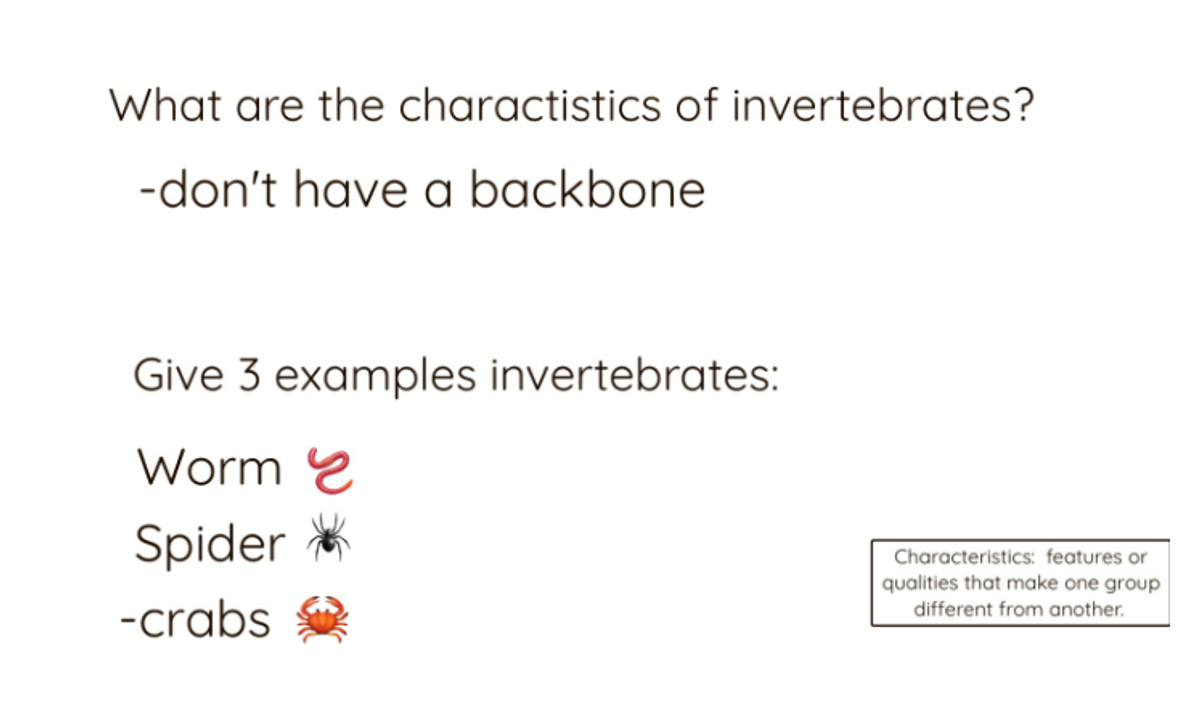

We have now begun reading the classic tale of Wind in the Willows. Students have been introduced to the characters Mole, Rat, Badger, and Toad. As we read together through the story, students are identifying various literary terminology such as perspective, themes, and dialogue. We have been exploring the themes that are coming up in the story and how the characters are demonstrating those themes of friendship, loyalty, and responsibility.
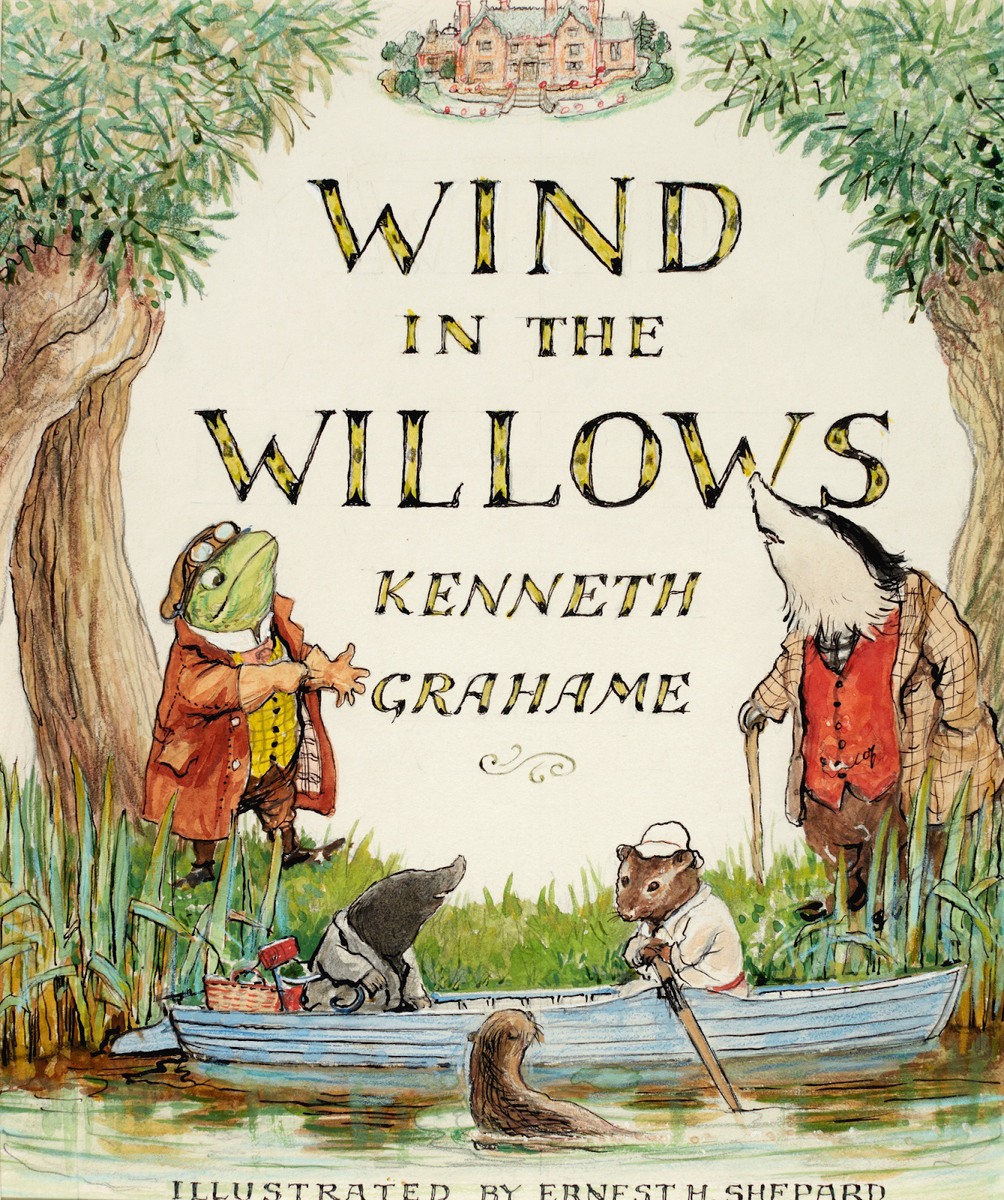

In SEL, students have absolutely loved working their way through the Resilience Project lessons with their teachers. Students have now completed at least one lesson on each pillar of the Resilience Project, including Gratitude, Empathy, Mindfulness and Emotional Literacy. Most recently, students have loved playing games which allow them to practise using facial expressions and colours to display different emotions. Students have also learned how to practise being Mindful, rather than having their mind-full, through activities such as guided meditation and mindful colouring. What is one way that you like to practise mindfulness?
Throughout our AUSLAN lessons, students have continued to practise how to sign the alphabet, finger spell their names and sign common colours. Students have also extended their knowledge to learn about everyday signs, such as “how are you”. Students have learned how to sign words related to family, people/things at school and farm animals.
